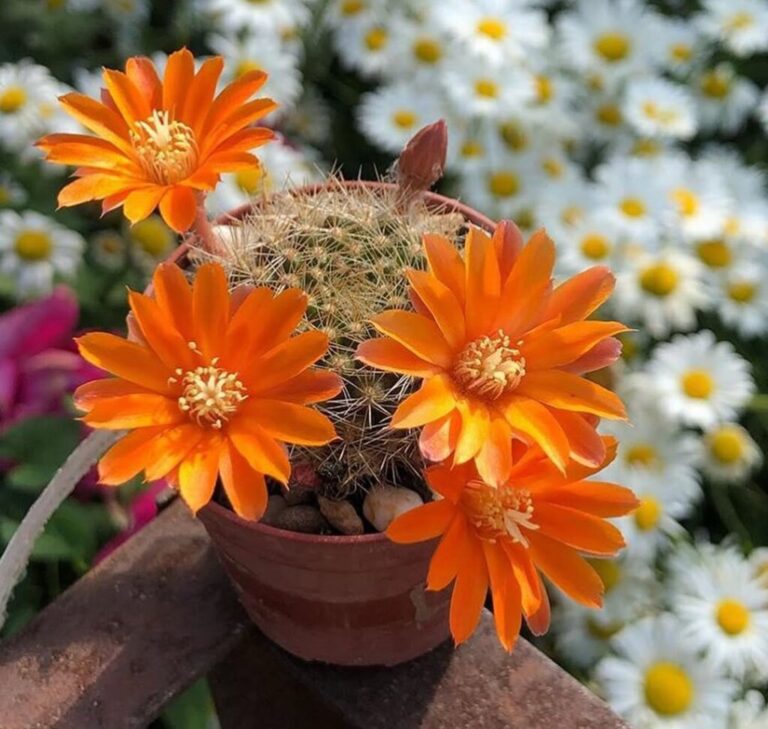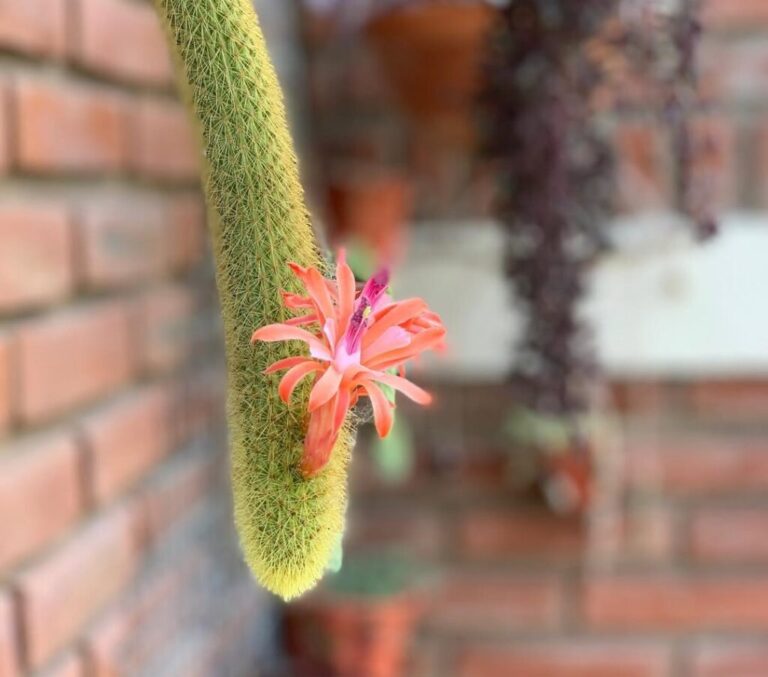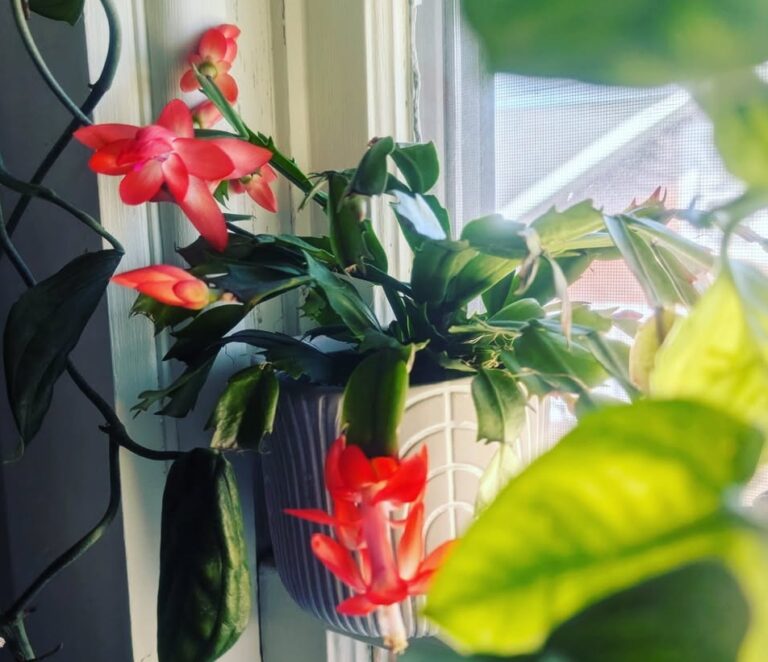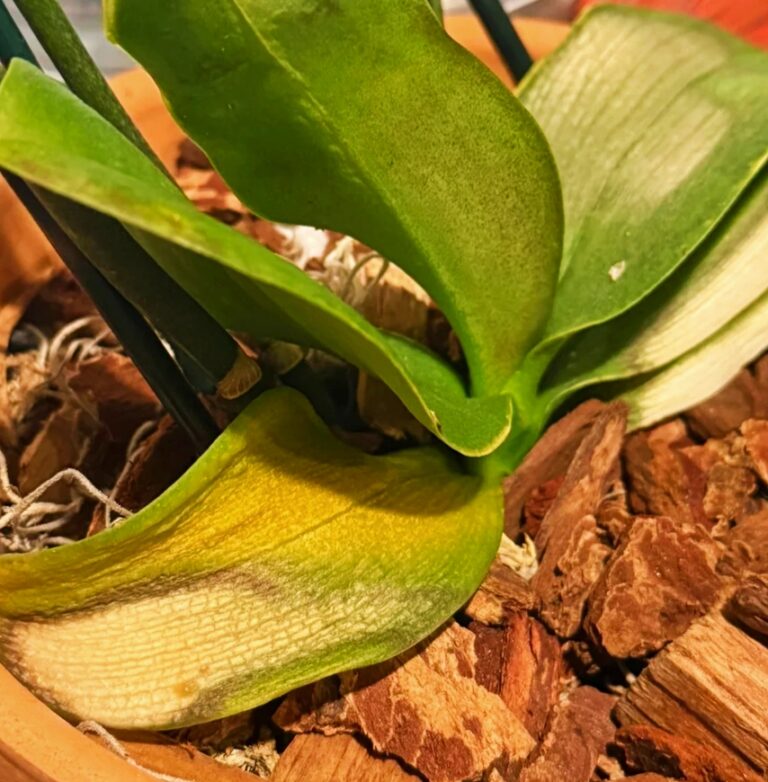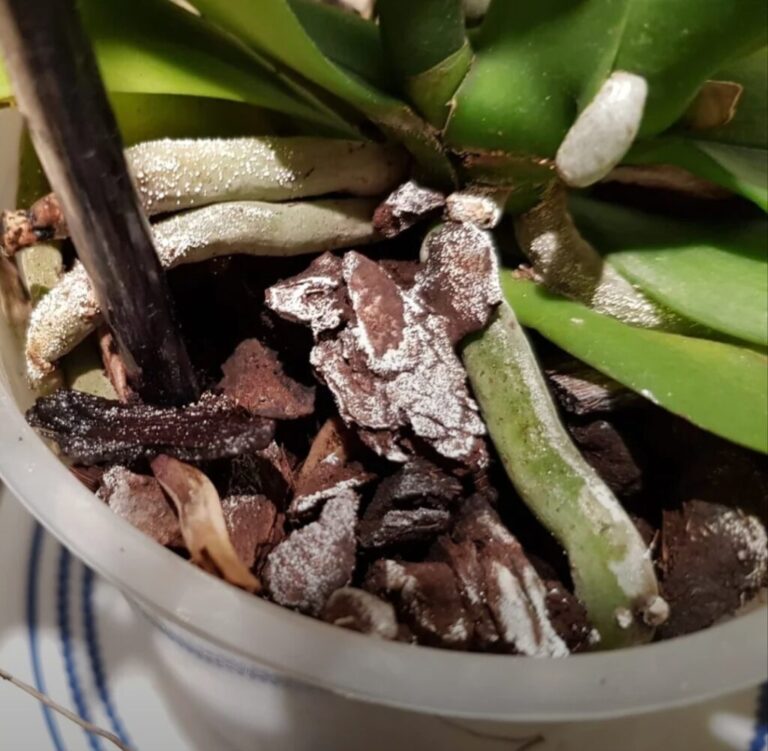- 1 Variegated ZZ Plant Profile
- 2 1. Provide the Right Light for Vibrant Variegation
- 3 2. Watering: Less is More
- 4 3. Choose the Right Soil Mix
- 5 4. Maintain the Right Humidity Levels
- 6 5. Proper Fertilization for Growth & Variegation
- 7 6. Repotting Without Stressing Your ZZ Plant
- 8 7. Preventing and Treating Pests
- 9 8. Seasonal Care Guide: Timetable for Success
- 10 Final Thoughts
- 11 9. How to Propagate Your Variegated ZZ Plant
- 12 10. Common Problems and How to Fix Them
- 13 Frequently Asked Questions
The Variegated ZZ Plant (Zamioculcas zamiifolia ‘Variegata’) is a rare and stunning houseplant known for its unique creamy white, yellow, and green-streaked foliage. Unlike the standard ZZ plant, this variety requires a bit more attention to maintain its vibrant patterns. It is a hardy, low-maintenance plant but thrives best when given the right care. Many beginners struggle with issues like loss of variegation, improper watering, and slow growth. This guide will provide 10 expert secrets to help you grow a healthy and visually striking Variegated ZZ Plant while avoiding common pitfalls. Whether you’re a beginner or an experienced plant enthusiast, these tips will ensure that your plant flourishes.

Variegated ZZ Plant Profile
| Feature | Details |
|---|---|
| Scientific Name | Zamioculcas zamiifolia ‘Variegata’ |
| Common Name | Variegated ZZ Plant |
| Light Needs | Bright, indirect light; avoid direct sun |
| Watering | Infrequent; allow soil to dry between waterings |
| Humidity | Prefers moderate humidity but is adaptable |
| Soil | Well-draining mix with perlite and sand |
| Temperature | 65–85°F (18–29°C), avoid cold drafts |
| Fertilizing | Every 4–6 weeks during growing season |
| Propagation | Stem cuttings, leaf cuttings, or division |
| Toxicity | Toxic to pets and humans if ingested |
1. Provide the Right Light for Vibrant Variegation
The Variegated ZZ Plant requires bright, indirect light to retain its striking colors. Without enough light, the plant may revert to solid green, losing its variegation over time. Unlike its non-variegated counterpart, which can tolerate low light, this variety needs consistent brightness to maintain its unique foliage patterns. Place your plant near an east- or north-facing window for best results. If your home lacks natural light, a full-spectrum grow light can supplement its needs. Direct sunlight should be avoided, as it can scorch the leaves, causing brown spots and discoloration.
Quick Tips:
✔️ Keep your plant in a well-lit room with filtered light.
✔️ If placed near a south- or west-facing window, use sheer curtains to diffuse the sun.
✔️ Rotate the plant every few weeks for even light exposure.
2. Watering: Less is More
Watering is one of the most critical factors in keeping a Variegated ZZ Plant healthy. This plant stores moisture in its rhizomes, allowing it to survive extended dry periods. Overwatering is the leading cause of root rot, a common issue among beginners. The best approach is to water deeply but infrequently, allowing the soil to completely dry out between waterings. In general, watering once every 2–3 weeks is sufficient. If unsure, use a moisture meter or stick your finger into the soil; if it feels dry at least two inches down, it’s time to water.
Quick Tips:
✔️ Always use a pot with drainage holes to prevent excess moisture buildup.
✔️ Water less frequently in winter, when the plant’s growth slows down.
✔️ Avoid misting the leaves, as this can encourage fungal infections.
3. Choose the Right Soil Mix
The Variegated ZZ Plant thrives in a well-draining soil mix that prevents moisture from accumulating around its roots. Standard potting soil alone can be too dense, leading to poor aeration and excess moisture retention. A light, airy mix is best, ensuring that the roots receive enough oxygen while preventing rot. A good mix consists of 60% high-quality potting soil, 20% perlite, and 20% sand or orchid bark. This combination allows for proper drainage while retaining enough moisture for the plant’s needs.
Quick Tips:
✔️ Avoid using heavy or clay-based soils that trap moisture.
✔️ If necessary, add activated charcoal to the mix to prevent bacterial growth.
✔️ Refresh the soil every 2–3 years to maintain its structure.
4. Maintain the Right Humidity Levels
While the Variegated ZZ Plant is adaptable to different humidity levels, it thrives best in moderate humidity between 40–50%. If the air is too dry, especially in winter, the leaves may develop brown edges or become crispy. On the other hand, excessive humidity can lead to fungal issues or mold growth on the soil surface. If you live in an area with low humidity, using a pebble tray or placing a small humidifier nearby can help.
Quick Tips:
✔️ Avoid placing your plant near air conditioners, heaters, or radiators.
✔️ If humidity is consistently low, consider grouping it with other plants.
✔️ Wipe the leaves regularly to remove dust and improve photosynthesis.
5. Proper Fertilization for Growth & Variegation
Fertilizing your Variegated ZZ Plant encourages strong growth and helps maintain its striking variegation. However, too much fertilizer can cause burned leaf tips or lead to excessive green growth, reducing the variegation. The best approach is to use a balanced liquid fertilizer (10-10-10) diluted to half-strength every 4–6 weeks during spring and summer. Avoid fertilizing in fall and winter, as the plant enters a dormant phase.
Quick Tips:
✔️ Organic fertilizers like worm castings or fish emulsion are gentle alternatives.
✔️ If variegation fades, reduce nitrogen levels in the fertilizer.
✔️ Flush the soil with plain water every few months to prevent salt buildup.
6. Repotting Without Stressing Your ZZ Plant
Repotting is necessary when your Variegated ZZ Plant becomes root-bound or its soil has broken down. Repotting should typically be carried out every two to three years.The best time to repot is spring or early summer, when the plant is actively growing. Always choose a pot that is only 1–2 inches larger than the current one, as too much space can retain excess moisture.
Quick Tips:
✔️ Use a terracotta pot to improve aeration and prevent overwatering.
✔️ Allow the plant to adjust for a week before watering after repotting.
✔️ If roots are mushy and black, trim them to prevent further rot.
7. Preventing and Treating Pests
Although generally pest-resistant, the Variegated ZZ Plant can occasionally attract spider mites, mealybugs, or fungus gnats. Keeping the plant clean and using preventative treatments can help avoid infestations.
Quick Tips:
✔️ Wipe leaves with a damp cloth and apply neem oil monthly.
✔️ Quarantine new plants before placing them near your ZZ plant.
✔️ Use sticky traps to catch flying pests like fungus gnats.
8. Seasonal Care Guide: Timetable for Success
| Season | Care Task |
|---|---|
| Spring | Start fertilizing every 4–6 weeks, repot if needed |
| Summer | Keep in bright light, increase humidity if needed |
| Fall | Reduce watering as growth slows |
| Winter | Stop fertilizing, keep plant away from cold drafts |
Final Thoughts
The Variegated ZZ Plant is a low-maintenance yet exotic houseplant that thrives with the right care. By ensuring proper light, watering correctly, using well-draining soil, and maintaining ideal humidity levels, you can keep this plant healthy and vibrant. Following these expert tips will help you avoid common mistakes and allow your plant to grow beautifully for years to come. With patience and consistency, your Variegated ZZ Plant will become a true statement piece in your home!
9. How to Propagate Your Variegated ZZ Plant
Propagating the Variegated ZZ Plant can be a slow process, but it’s an excellent way to expand your collection or share it with friends. Leaf cuttings, stem cuttings, and division are the three primary techniques for propagation. The division method is the fastest and most reliable, as it ensures that new plants retain their variegation. Leaf and stem cuttings, on the other hand, take longer—sometimes up to a year—to produce new growth.
Propagation Methods:
A. Division Method (Best for Maintaining Variegation)
Gently remove the plant from its pot.
Separate the rhizomes carefully, ensuring each section has at least one stem.
Replant in a fresh soil mix, using a pot with drainage holes.
Water every two to three weeks, but wait until the soil dries completely before doing so.
B. Leaf or Stem Cutting Method (Slower, but Works)
Using a sterile knife, cut a healthy leaf or stem.
To keep the cutting from rotting, let it dry for a full day.
Keep the plants slightly moist and in a well-draining mix.
Be patient—new growth can take 6–12 months.
Quick Tips:
✔️ The division method is the best way to retain variegation.
✔️ Leaf cuttings should be placed in water or soil, but expect slow growth.
✔️ Avoid overwatering newly propagated plants to prevent rot.
10. Common Problems and How to Fix Them
Even with proper care, Variegated ZZ Plants can encounter common issues. Here’s how to quickly diagnose and solve them:
| Problem | Cause | Solution |
|---|---|---|
| Leaves turning green | Insufficient light | Move to brighter indirect light |
| Yellowing leaves | Overwatering | Let soil dry before watering again |
| Brown leaf tips | Low humidity or fertilizer burn | Increase humidity, reduce fertilizer |
| Soft, mushy stems | Root rot due to excess water | Trim affected roots, repot in dry soil |
| Slow growth | Low light, lack of nutrients | Improve light exposure, fertilize |
Quick Tips:
✔️ If variegation fades, increase light exposure immediately.
✔️ Yellow leaves usually mean too much water—adjust your schedule.
✔️ If stems become soft, check roots for rot and trim damaged sections.
The Variegated ZZ Plant is a low-maintenance yet exotic houseplant that thrives with the right care. By ensuring proper light, watering correctly, using well-draining soil, and maintaining ideal humidity levels, you can keep this plant healthy and vibrant. Following these expert tips will help you avoid common mistakes and allow your plant to grow beautifully for years to come. With patience and consistency, your Variegated ZZ Plant will become a true statement piece in your home!
Frequently Asked Questions
Can the Variegated ZZ Plant survive in low light?
Unlike the standard ZZ plant, the Variegated ZZ Plant needs bright, indirect light to maintain its color. In low light, variegation fades, and the plant becomes more green.
How often should I water my Variegated ZZ Plant?
Water every two to three weeks, letting the soil dry out fully in between applications.Overwatering can cause root rot.
Why is my ZZ Plant losing its variegation?
Insufficient light is the most common reason. Move your plant to a brighter spot to help restore its color.
Is the Variegated ZZ Plant toxic to pets?
Yes, the Variegated ZZ Plant is toxic to pets and humans if ingested.Keep it out of children’s and animals’ reach.
Can I mist my ZZ Plant for humidity?
Misting is not suggested, as it might lead to fungal concerns.Instead, use a pebble tray or a small humidifier if humidity is too low.


